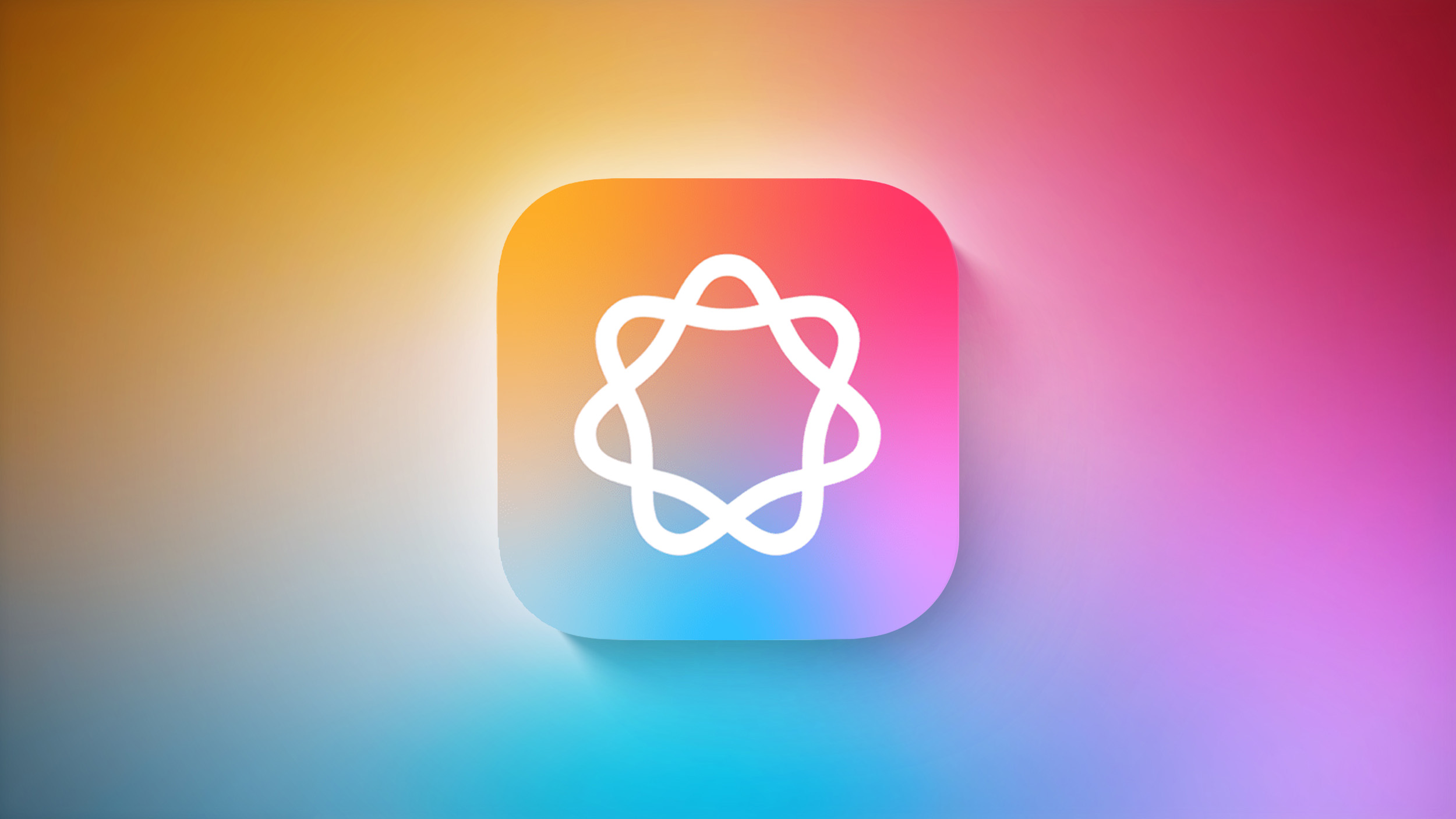Fitbit unveils the Inspire 3, Versa 4 and Sense 2, but there’s no WearOS
Fitbit has unveiled its new range of devices: the Fitbit Inspire 3 fitness tracker, and Fitbit Versa 4 and Fitbit Sense 2 smartwatches. You’re able to pre-order all three new devices now from the Fitbit website, and you’ll get a six-month Premium membership with all three.
While we have no firm release date yet, all three are said to be available “in the fall”, so we imagine they’ll land on shelves before the end of September, replacing the Versa 3, original Sense and Inspire 2 as the best Fitbits available in a technical sense. Let’s take a closer look at the new devices.
Fitbit Inspire 3
(Image credit: Fitbit)
First up we have the Fitbit Inspire 3, which the brand is packaging as a “fun, easy-to-use tracker that helps you stay on top of your health”.It’s designed to track metrics such as heart rate, sleep and stress 24/7 and can also monitor your oxygen saturation (SpO2), and comes packing Fitbit’s latest innovation, improved stress management tools (more on these later) and menstrual cycle recording capabilities. It’s also water resistant to 50 meters.
With a revamped design that’s more reminiscent of the pebble-like Fitbit Luxe than the previous models in the Inspire range (it can even fully detach from the band for the first time and clip onto your clothes with an additional accessory), the Inspire 3 has a claimed battery life of up to 10 days, much the same as the Inspire 2.
Like the previous model it can provide you with sleep and stress scores daily, and offer a ‘smart wake alarm’ to wake you up within a 30-minute window when your sleep is lightest, so you’re less groggy upon waking.
If this is all sounding pretty familiar, that’s because it is – other than the new look Luxe-inspired pebble design, which can turns the Inspire 3 into an old-school iPod shuffle style clip, the Inspire 3 seems to have similar capabilities and specs to its predecessor.
The Fitbit Inspire 3 retails for $99.95 in the US and £84.99 in the UK, with no Australia pricing available at this time. Like the Luxe, the Inspire has easily swappable bands, with initial options ranging from silicone to a mesh band or that aforementioned clip.
Fitbit Versa 4 and Sense 2
(Image credit: Fitbit)
The smartwatches receiving a glow-up are the Fitbit Versa 4, the replacement for the Fitbit Versa 3, and the Sense 2, the next evolution of the Fitbit Sense. On the surface, both are extremely similar to, although thinner and lighter than, their predecessors (the Sense 2 is said to be 10% thinner and 15% lighter than the original). The Versa 4 sees the welcome return of the tactile button from the Versa 2, which was dropped from the Versa 3 – a sweat session made the Versa 3 and Sense’s sensors more difficult to operate.
Both watches have a six-day battery life with fast-charging (with 12 minutes of charge offering an impressive day’s battery life), a 336 x 336px AMOLED screen in a typical ‘squircle’ design, and all the advanced activity, health and sleep-tracking tools available to the Inspire 3, while a new Tiles layout allows you to better customize your on-wrist browsing experience.
Fitbit is also, in a nod to Alphabet’s acquisition of Fitbit, bringing Google Wallet and Google Maps, complete with turn-by-turn directions, to both watches. Want to cycle to a new coffee shop, or run a tough 10 miles? Connect your earbuds to your watch and get turn-by-turn directions from Google Maps in-ear, paying for your coffees with your watch at the end of the road. The watches are still running Fitbit OS – these are the only two true Google functionalities announced – but at least the new Fitbits can keep up with the Samsung Galaxy Watch 5 Pro and Garmin in its route workout capabilities.
Both devices pack PurePulse technology to monitor atrial fibrillation variation, or AFib. Irregular heart rhythm notifications feature will notify you if there are any irregularities, allowing you to potentially detect signs of oncoming strokes. The technology behind this, a photoplethysmography or PPG sensor, was said to be tested by 455,000 participants with 98% accuracy during a study. You can opt-in to regular notifications, or test manually with the ECG app.
Where the two devices differ slightly is in functionality: the Versa 4 is very much the ‘fitness’ device, with 20 new fitness profiles for a total of 40 – new activities tracked as you rack up your Active Zone Minutes for the week include weightlifting, dance, CrossFit and HIIT.
The Sense, meanwhile, offers a more ‘holistic’ approach to health, with improved stress management features thanks to an overhauled sensor array that can better detect skin temperature to monitor your stress levels. This takes the form of an on-wrist electrodermal activity (EDA) sensor, which is active day and night. ‘Body Response’ notifications don’t just alert you to the fact that you’re stressed, but encourage you to reflect on why, and select an emoji to represent how you feel in that moment.
The Fitbit Sense 2 costs $299.95 in the US and £269.99 in the UK, and the Fitbit Versa 4 costs $229.95 in the US and £199.95 in the UK; again, pricing for Australia is tbc.
Analysis: A surface-level update
The Inspire 3 can be detached from the band, clipping to your clothes instead. (Image credit: Fitbit)
All three devices have received a bit of a facelift, with the Inspire 3’s detachable pebble design being the most significant example by far, although the return of the tactile button and the slimming down of the Sense 2 and Versa 4 is welcome. The forthcoming AFib, a few extra stress-monitoring features, new activity profiles, and a new sensor array on the Sense 2 round out the new stuff. The Sleep Profile and Daily Readiness Score features are already on some existing devices and locked behind Fitbit Premium anyway.
The most exciting thing here, for us, is the introduction of Google Maps on the smartwatches, allowing you to incorporate turn-by-turn directions from Google’s network into your runs and rides. Google wallet is a nice extra. The new AFib functionality will potentially allow people to spot warning signs of strokes and other issues which are preceded by irregular heart rhythms, which is very impressive. The new sensor is approved by the US Food and Drug Administration and rigorously tested, which gives us some confidence in it.
However, from a day-to-day smartwatch perspective, we’ve seen everything else before. These are hardly revolutionary updates, and the free year of Fitbit Premium that comes with the most cost-effective device, the Inspire range, has been slashed to just six months, in line with the other devices –- a sore blow that not enough people are talking about. It really hampers the value and effectively adds $50 or £40 to the price of the otherwise-attractive Inspire 3.
The proof will be in the testing, but frankly, we’re left feeling somewhat underwhelmed – and we’re feeling far more excited about putting the Samsung Galaxy Watch 5 Pro through its paces.




